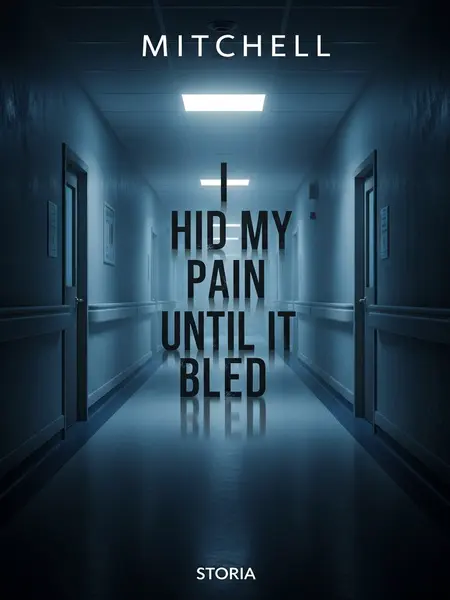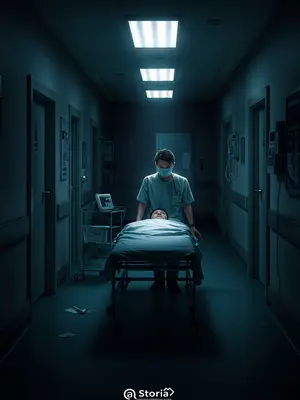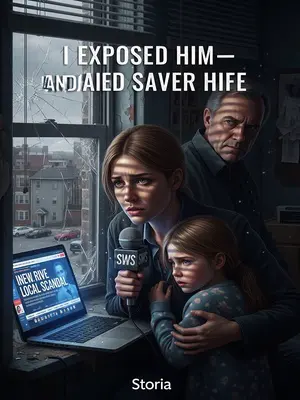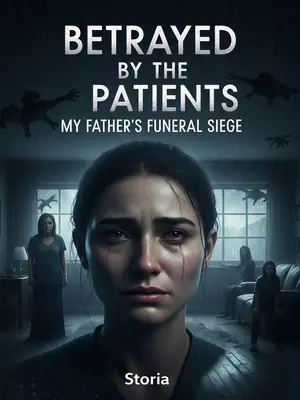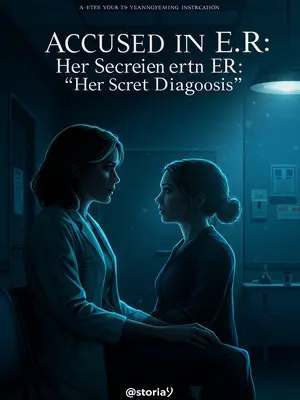Chapter 2: Crossing the Point of No Return
He looked genuinely worried, twisting the hospital bracelet around his wrist. "So, there’s a chance they’ll just come back? That sucks."
I went on to explain that hemorrhoids are actually normal blood vessels in the rectal area that have slipped down and poked out to the anal opening. These are normal body tissues, not infections or foreign objects, so taking them out doesn’t guarantee they’ll never come back.
I grabbed a quick sketchpad and drew a simple diagram. "These are just blood vessels that got a little too bold for their own good. We can remove the problem ones, but the area’s still got the same plumbing, so to speak."
After a tough internal struggle, he still decided to go through with the surgery. He was just suffering too much to keep waiting.
He took a deep breath, squared his shoulders, and said, "Let’s do it. I can’t keep living like this."
If he could’ve pulled them out himself, he probably would’ve just reached in, yanked them out, and tossed them in the trash.
He joked, "If it were that easy, I’d have done it after my first finals week."
He signed the surgical consent form. We finished all the pre-op tests—bloodwork, liver and kidney function, electrolytes, clotting tests, hepatitis B, syphilis, HIV, and so on.
He was a little nervous about the blood draws, but handled it like a champ. We joked about how much bloodwork college students end up getting, for one reason or another.
Everything was basically normal, except for mild anemia—his hemoglobin was 10.8 g/dL. No surprise there, given the long-term bleeding from his hemorrhoids.
I explained the numbers to him, and he nodded, relieved it wasn’t something worse. "I guess that explains why I’ve felt so tired lately."
Once everything was ready, on the morning of the third day, the attending physician led me in performing a mixed hemorrhoidectomy and ligation for him.
The OR was chilly, the kind of cold that makes you grateful for the warm blankets. Mitchell cracked a joke about hospital gowns being the worst fashion statement ever. The attending, Dr. Harris, talked us through every step, making sure I understood the anatomy and the patient felt as comfortable as possible.
As the name suggests, the main steps of this surgery are to separate the hemorrhoidal blood vessels, tie them off, and remove the hemorrhoid masses.
It’s a delicate process—precision matters. We worked carefully, making sure to minimize any extra trauma. Mitchell was under anesthesia, but I could almost hear his sigh of relief when we were done.
Generally, after this kind of surgery, patients feel a lot better, since there’s no longer a lump blocking the way, and the symptoms usually don’t come back.
For Mitchell, this was the first step toward getting his life—and his summer—back. We all hoped that, this time, he’d finally be able to sit through a gaming session without dreading the aftermath. It was a small victory, but for him, it meant everything.
